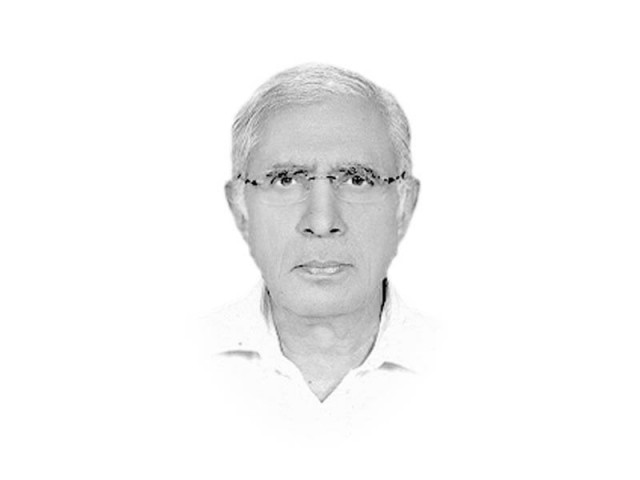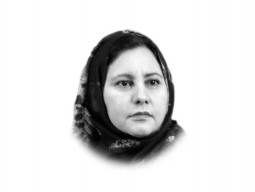
And while the US was using Pakistan to bleed the Soviet Union to death in Afghanistan it had even allowed Pakistan to build its own nuclear bomb and at the same time the CIA taught the Pakistani intelligence agencies how to use terrorism to promote one’s foreign and defence policies as that was the instrument that the former had successfully used to finish off the USSR in Afghanistan.
Now that it has finally achieved its objective of getting India where it had always wanted it to be Washington has switched sides without so much as your leave. From June 1998 to September 2000, in what was the most extensive dialogue ever between the two countries, the then US Deputy Secretary of State Strobe Talbot and then Indian Minister for External Affairs Jaswant Singh met fourteen times in seven countries on three continents.
Since then the language and the terms that characterise US-Pakistan relations have undergone a sea-change — from friendly to cordiality to neutrality to blatant hostility. A recent paper on Pakistan-US relations prepared last month by Washington’s Hudson Institute advices the new Trump Administration to review its policies toward Pakistan in order to more effectively contain, and eventually eliminate, the terrorist threats that continue to emanate from the country. These include stabilising Afghanistan, keeping the country from again turning into a global terrorist safe haven, and preventing the outbreak of an India-Pakistan military conflict that could potentially go nuclear.
The authors of the paper accuse Pakistani military leaders of supporting terrorist groups that attack India in an effort to keep it off balance and to draw international mediation into the dispute with India over Kashmir. Pakistan’s seemingly unconstrained expansion of its nuclear arsenal, particularly the development of tactical nuclear weapons and extended-range missile systems, also remains a cause for concern, according to the paper, especially with regard to India.
“To accomplish US counterterrorism objectives in the region and to reverse extremist trends in Pakistani society, Pakistani authorities – specifically the country’s military leaders, who control its foreign and security policies – need to take a comprehensive approach to shutting down all Islamist militant groups that operate from Pakistani territory, not just those that attack the Pakistani state. In the end, turning a blind eye and providing support to some terrorist groups creates an environment conducive to the operation of all terrorist groups.
“Accordingly, the objective of the Trump administration’s policy toward Pakistan must be to make it more and more costly for Pakistani leaders to employ a strategy of supporting terrorist proxies to achieve regional strategic goals. There should be no ambiguity that the US considers Pakistan’s strategy of supporting terrorist proxies to achieve regional strategic advantage as a threat to US interests. US policy must also pay attention to non-proliferation goals while dealing with Pakistan.
“At the same time, the Trump Administration should be clear in all forums that the US issue is not with the Pakistani people or the Pakistani nation. Rather, Washington takes strong exception to specific policy choices by parts of the Pakistan Government – chiefly, the military and intelligence apparatus centered in Rawalpindi, adjacent to the capital, Islamabad – that support the existence and activities of terrorist proxies.
“Moving forward, the Trump administration must link US policies toward Pakistan directly to US objectives, especially in Afghanistan. The US must find ways to limit Pakistan’s ability to frustrate U.S. goals in Afghanistan. Likewise, the US must refuse to get involved in the India-Pakistan dispute over Kashmir and instead focus on diplomatically isolating Pakistan over its continued support to terrorist groups that attack India and have connections to international terrorism. The US should encourage both India and Pakistan to exercise restraint and pursue measures normalising their relationship.”
Published in The Express Tribune, March 25th, 2017.
Like Opinion & Editorial on Facebook, follow @ETOpEd on Twitter to receive all updates on all our daily pieces.













COMMENTS
Comments are moderated and generally will be posted if they are on-topic and not abusive.
For more information, please see our Comments FAQ